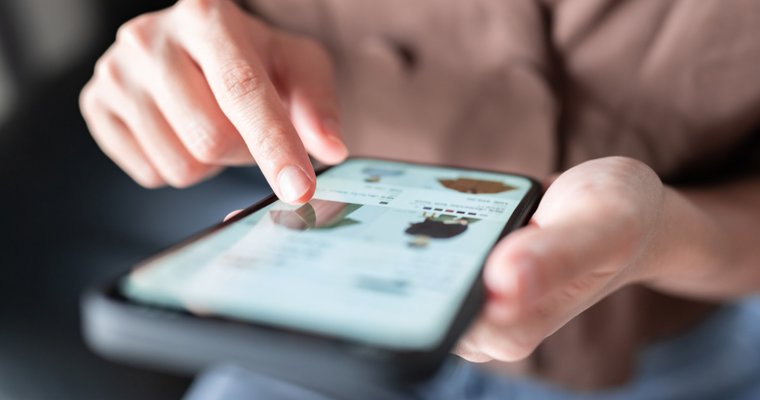How smartphones can shape the retail buying experience | Mobile Strategy


Adopting a mobile-first approach to personalize the retail experience can build a community of customers who are better informed, more engaged and – most importantly — having more fun.
When it comes to the current state of retail sales, a particular Bob Dylan song describes it best: The times, they are a-changin.
That’s because buyer expectations have evolved following pandemic-driven shifts to digital-centric environments. Advancements in e-commerce proliferation have fused new levels of personalization and convenience into the buyer’s journey. Above all, your customers and prospects increasingly expect a seamless end-to-end purchasing experience optimized to their device of choice: the smartphone.
Over the last decade, we’ve witnessed smartphones elevate from a luxury gadget to a societal staple. This rapid adoption has changed the way buyers interact with brands. Whether it be via social media channels, mobile commerce, the smartphone is a powerful tool that serves as a one-stop-shop for the digital-centric customer.
And the best part? The future is full of opportunities. The impact of smartphones on retail sales has only scratched the surface.
Starting with staff
Providing customers with bespoke experiences is the name of the game in retail sales. And that mindset can also apply to the employee experience as well. Empowering sales reps with sales enablement tools that inject personalization into the learning and coaching process directly translates to more effective buyer engagement.
With mobile technology, sales reps can complete personalized training courses – from anywhere and at any time – that are tailored to their own unique learning needs. Those traditional retail sales training frameworks where reps are stuck in a back room watching instructional videos simply aren’t effective. They are static and fall short of offering actionable guidance.
By adopting sales enablement tools that are optimized for smartphone compatibility, retailers can create carousels of different training tips in the form of quick videos, short blocks of text, and gamified quizzes that are accessible on any mobile device. The increased level of accessibility and personalization allows reps to leverage just-in-time micro-learning, adaptive learning paths, and continuous everboarding to improve their performance.
Oh, and it’s also more fun!
Leveraging this targeted approach to employee empowerment creates a unified front of skilled workers who are all operating in unison. Like a well-oiled machine, they have access to timely and relevant information in real-time from the palm of their hand. The end-result is killer customer-facing sales teams across various store locations. The red tape is cut, and employees are empowered with the information they need, when they need it, on a device that works best for them.
Bringing products to life
Retail buyers have become more tech savvy as well. Smartphones enable retailers to transform physical showrooms into immersive and interactive digital experiences. Augmented reality (AR), for example, provides customers with a 360-degree view of a particular product that can be customized for any style or color.
Want to see if a particular chair matches your dining room table? Easy. Or what about how painting would look like on your wall? Done. All on a mobile device without even walking into a store. It alleviates the stress of buying decisions, and frankly makes shopping more enjoyable.
Beyond AR, virtual reality (VR) also aligns prospects to digital-centric selling environments. They can engage with products in real-life simulations that mirror the in-person experience. Considering everyone learns in different ways, providing prospects with the sights, sounds, and actions of how a product works empowers them to make smart purchasing decisions.
The future is now
Now more than ever, retailers have the ability to amp up their buyer engagement and provide impactful experiences for retail clients. Sales associates are now the curators of personalization, while buyers are able to explore beyond the physical shelf.
Smartphones are becoming a baseline tool for how we interact with the world around us. Adopting a mobile-first approach to personalize the retail sales experience can build a community of sales reps and customers who are better informed, more engaged and – most importantly — having more fun.





